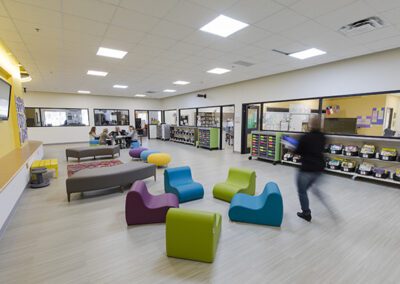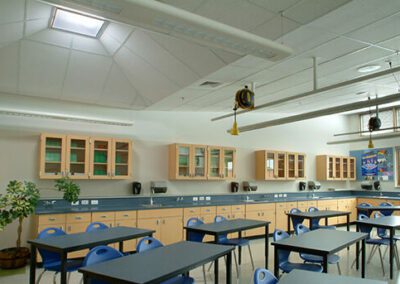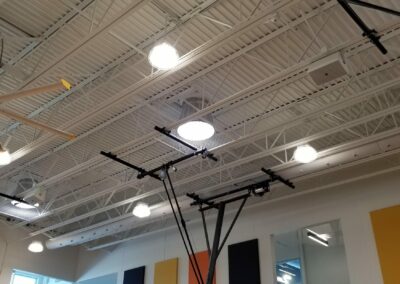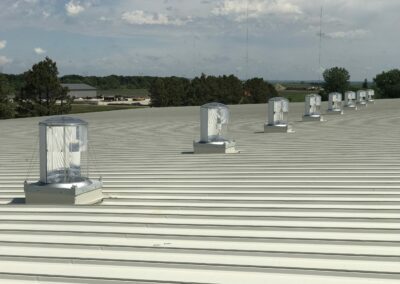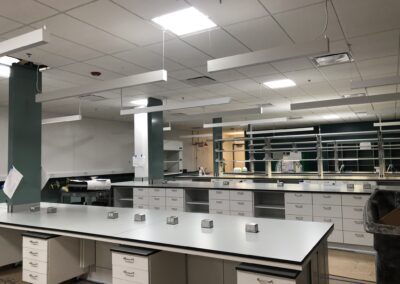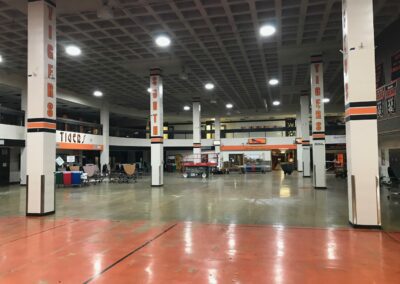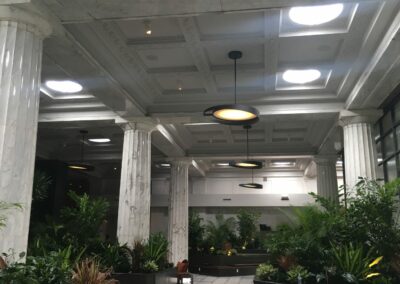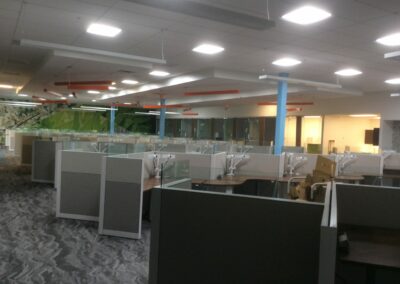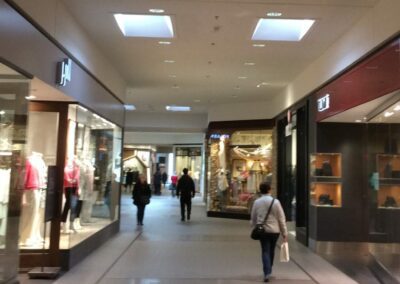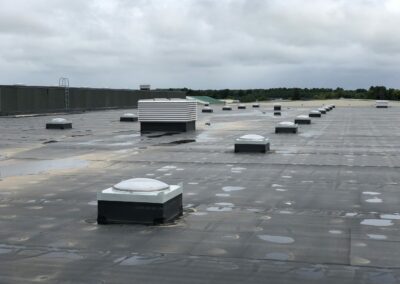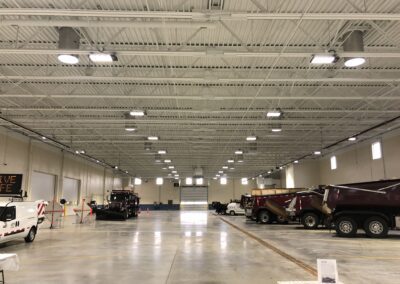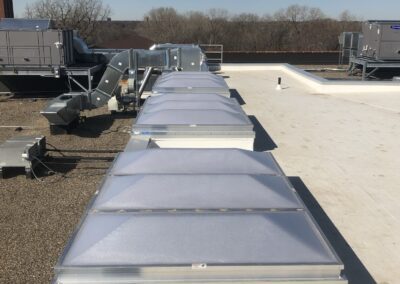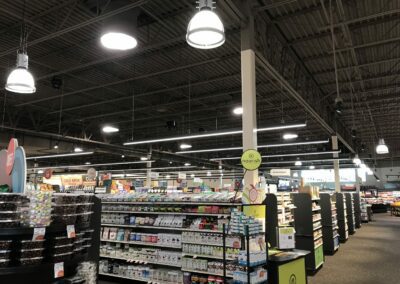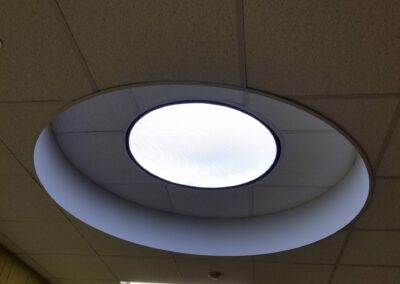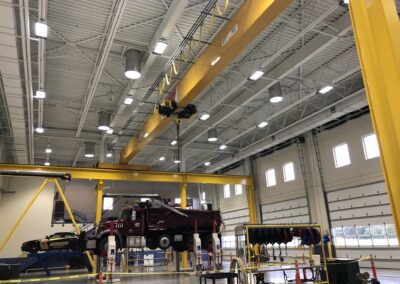Healthcare
Choose natural light
Adequate exposure to natural light is important to our physical and mental health. From regulating our circadian systems to improving cardiovascular health and reducing the risk of certain cancers, sufficient daylight is critical to our overall health and wellbeing. This is particularly true in healthcare settings, where patients are receiving treatment for everything from routine checkups and maintenance health services to chronic medical conditions, mental health issues, acute injuries, and illness.
Daylighting Benefits Both Patients and Healthcare Workers
Studies have shown that exposure to natural daylight in medical settings translates to:
- Hospital stays that are 8.5% shorter
- A 22% reduction in the need for pain medication among patients
Health Benefits of Daylighting
In addition to the positive impact that natural light has on our circadian rhythms, it also affects our levels of serotonin and melatonin, directly influencing our mood and quality of sleep. It is well understood that a positive mood and quality sleep aid in recovery of both long-term and acute medical conditions and injuries, so it makes sense that patients tend to fare better in healthcare settings with interior daylighting.
And it’s not just patients who experience better health and mood. Healthcare personnel working in dental and orthodontic clinics, mental health therapy offices, physical therapy offices, and other clinics with increased daylight availability have less stress than those who work in buildings with poorer lighting and less windows.
Green building technologies, including daylighting, also reduce the risk of Sick Building Syndrome (SBS), a term coined by the U.S. Environmental Protection Agency (EPA) to define the adverse health conditions suffered by workers in buildings with insufficient lighting and poor air quality. Symptoms of SBS include respiratory conditions, nausea, fatigue, itchy skin, and headaches.
By implementing daylight into your clinics, you can create a better waiting room or treatment room experience for your patients, while simultaneously creating a better working environment for your staff. When healthcare workers are healthier, happier, and less stressed, they are better able to provide effective treatment to patients. It’s a win-win for everyone involved.
Daylight Specialists Gallery
Explore some of our recent daylight projects:
Contact Daylight Specialists
If you want to learn more about how Daylight Specialists can support the well-being of healthcare staff, while simultaneously improving the health and recovery time of patients, contact Daylight Specialists for a consultation.
Frequently Asked Questions
text
text
Why is daylighting important for healthcare facilities?
Daylighting in healthcare facilities has numerous benefits, including improved patient well-being, faster recovery times, and enhanced staff productivity. Natural light promotes a healing environment and helps regulate circadian rhythms, positively impacting both patients and staff.
What are the main challenges in implementing daylighting in healthcare facilities?
Some challenges include maintaining privacy and patient comfort, managing glare and UV radiation, and ensuring proper control of light levels. Balancing these factors requires thoughtful design, selecting appropriate glazing materials, and utilizing shading or light control systems.
What areas of a healthcare facility benefit from daylight the most?
Patient waiting rooms, examination rooms, treatment areas, and therapy spaces benefit the most from daylight. Patients spending time in waiting rooms can experience reduced stress and anxiety when exposed to natural light. Examination rooms with ample daylight can aid in accurate diagnosis, while treatment areas and therapy spaces can promote a positive and soothing atmosphere, enhancing the overall patient experience and well-being. Staff workspaces can also benefit from natural light, as it can improve productivity and create a more pleasant working environment.
What about infection control and cleanliness in daylighting design?
Daylighting solutions should consider infection control measures and cleanliness. Skylights and windows can be designed with easy-to-clean materials, and shading systems can be integrated to prevent dust buildup. Proper maintenance protocols should also be implemented.
Are there specific regulations or guidelines for daylighting in healthcare facilities?
Several organizations, such as the Center for Health Design and the U.S. Green Building Council (USGBC), provide guidelines and standards for incorporating daylighting in healthcare settings. Compliance with local building codes and industry best practices is also essential.
Can daylighting solutions contribute to patient and staff comfort?
Yes, daylighting can enhance patient and staff comfort by creating a more pleasant and inviting atmosphere. Natural light has been linked to improved mood, reduced stress levels, and increased satisfaction among patients, visitors, and healthcare professionals.
How can Daylight Specialists assist in implementing daylighting solutions in healthcare facilities?
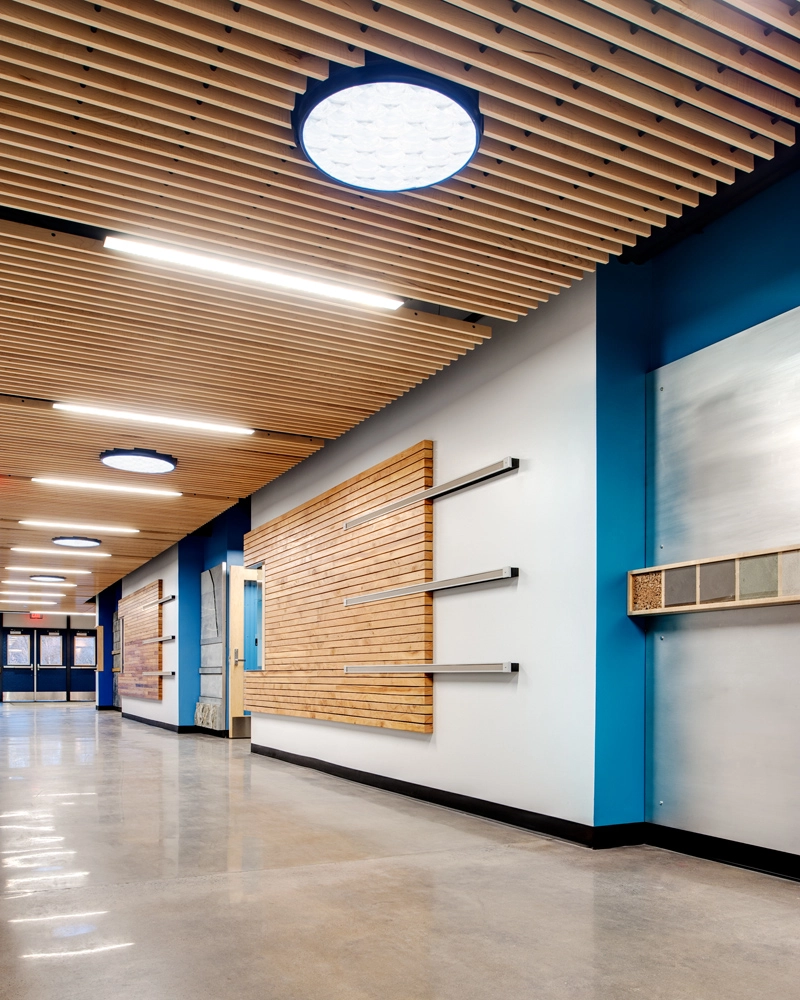
Building Schemes You Can Follow to Design Healthy Spaces
In the pursuit of creating environments that prioritize the well-being of occupants, architects and design professionals are turning to building schemes that emphasize health and sustainability. These frameworks not only advocate for healthier spaces but also...
Rebuilding a School’s Character to Bring Daylight Indoors
In the realm of education, the physical environment plays a crucial role in shaping young minds. One essential element is natural light. Schools are increasingly recognizing the transformative power of ample daylight, not just as a practical solution but as a means to...
Why Tubular Daylighting is the Perfect Solution for Storm Shelters
In regions prone to severe weather, having a reliable and secure storm shelter is paramount. While traditional storm shelters provide physical safety, they often lack adequate lighting–if any lighting at all. This is where Solatube’s 750 DS-O tubular daylighting...

